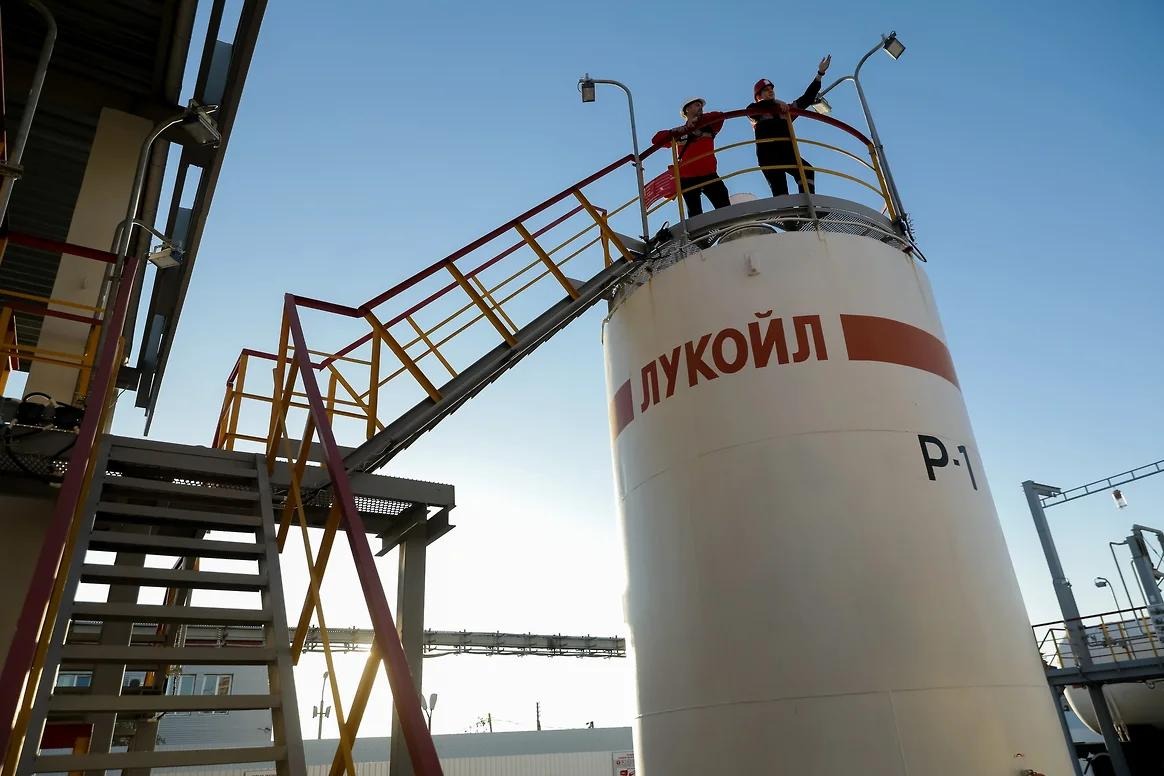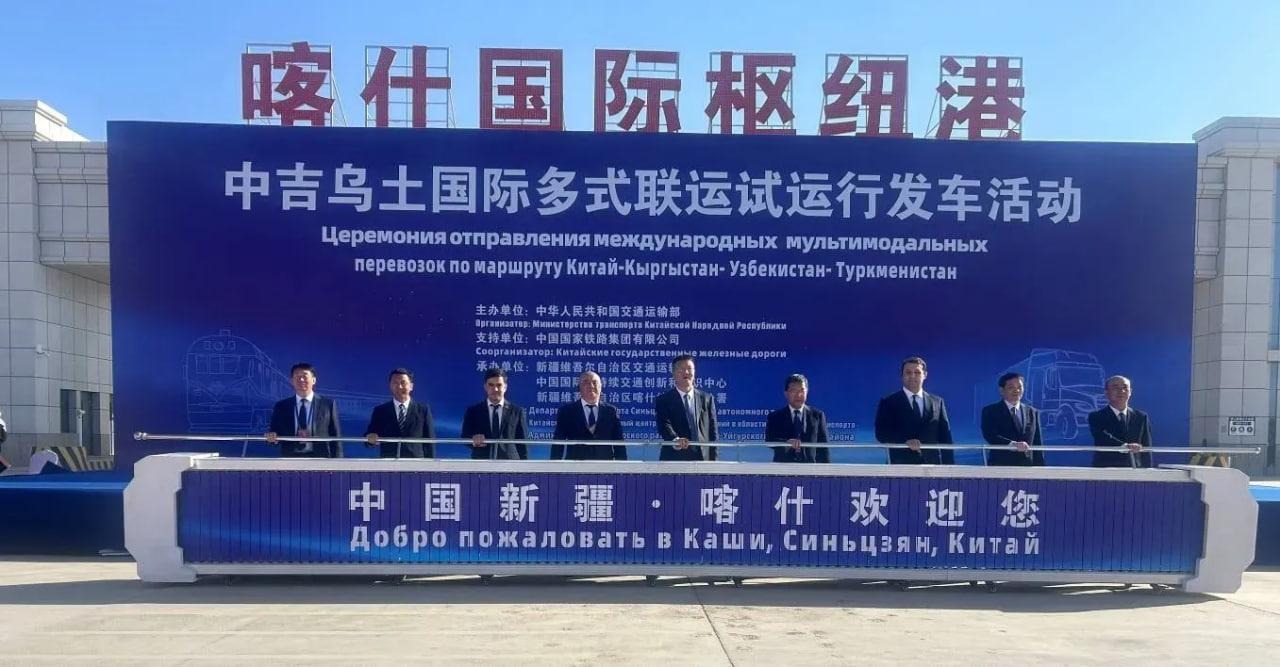CHINA EYES RUSSIA, CENTRAL ASIAN STATES AS SOURCE OF CHEAP ELECTRICITY
CHINA EYES RUSSIA, CENTRAL ASIAN STATES AS SOURCE OF CHEAP ELECTRICITY
To feed its growing energy demands, Beijing views Russia and Central Asia as potential sources of low-cost electricity, prompting Russian officials to boost electricity exports to China. Central Asian states, notably Kyrgyzstan, are also attracted to China’s massive energy market.
China seeks to import electricity from neighboring countries by building power plants overseas, according to Liu Zhaoshao, chief economist of China’s State Grid Corporation. Projects in Russia, Kazakhstan, and Mongolia are currently under study. Liu told a recent investment forum that agreements with the three countries have been signed and details are under negotiation. Russians will build power plants in Russia, but the power will be transmitted to China, he said.
The preliminary plan is to build three power plants in Mongolia, each with a 3.6-gigawatt capacity. The first plant is expected to start operation by 2010, according to China’s State Grid Corporation. Apart from sending some supplies to Mongolia, most of the power generated in the plants will be transmitted to China to meet the demands of China’s northern regions. Domestic companies will build the three plants, while the State Grid will build the transmission lines.
The project in Kazakhstan, which is planned later than the projects in Russia and Mongolia, will resemble the Mongolian model. Liu noted that China has also negotiated with other neighboring countries such as Kyrgyzstan to import electricity by building power plants (Xinhua, June 19).
Moscow and Beijing have long envisioned bilateral energy-infrastructure projects. In the mid-1990s, Russia and China discussed a project to build a 2,600-kilometer power transmission line from Irkutsk region in Siberia to China at a cost of $1.5 billion. However, the two sides never agreed on pricing and China abandoned the project in 1999. However, the situation has seemingly changed recently. Russia supplied about 500 million kilowatt-hours (kWh) of electricity to China last year and plans to supply 800 million kWh in 2006, up from 300 million kWh in 2004.
In March 2006, Anatoly Chubais, head of Russia’s Unified Energy Systems (UES) power grid, and Liu Zhenya, general director of these Chinese State Grid Corporation, signed a document pledging to finalize a long-term deal on energy supplies, including construction of power-generating facilities in Russia and power grids in China. The companies agreed on the basic price of supplies, which will determine export prices. Under the agreement, a joint working group has been set up to conduct a feasibility study on annual exports of up to 60 billion kWh from Russia to China.
Last month Chubais indicated that plans for electricity exports to China largely depend on pricing. Export prices should allow providers to recoup their investments; otherwise these plans would not be economically viable. Russian electricity is reportedly now sold to China at $0.024/kWh or significantly lower than Russian and Chinese domestic prices (Agency for National News, May 30).
Russian officials concede that electricity exports to China remain a challenging task. Chubais said that annual exports of up to 60-80 billion kWh from Russia to China would require more than doubling Russia’s Far Eastern generation capacities (ANN, May 30).
Local officials confirmed plans to build new power plants. For example, Amur region governor Leonid Korotkov recently announced a project to build the Nizhny-Bureiskaya Power Plant. He also said that UES could eventually revive a Soviet-era project to build two power plants on the Zeya River (ANN, April 28). Since the Russian domestic electricity market in Siberia and the Far East is not expected to expand significantly any time soon, new major hydropower projects there would have no other viable alternative but to export electricity to China.
The UES flagship project in the region, the Bureiskaya power plant, now also seeks new customers for its electricity in Northeastern China because it would be able to produce more electricity than Russia’s Far East can consume. The plant’s first unit was launched in June 2003 and is due to be completed in 2008.
Russia’s Far Eastern regions are also pursuing infrastructure projects designed to serve electricity exports to China. Russian firms now aim at completing a new 140-kilometer Svobodny-Blagoveschensk transmission line. The 220 kilovolt-ampere (kVa) line is due to be used for electricity exports to China, starting this fall (ANN, May 30).
Preparations on the Chinese side of the border have been under way for some time. Last year, Chinese firms also pledged to invest in power transmission infrastructure. The Xinhe company, based in Heihe, a border town, has indicated plans to invest 100 million renminbi ($12 million) to build a power transmission line across the Amur River in order to prepare for large-scale sales of Russian electricity to China.
Russian executives now seem keen to lure foreign investors into the country’s energy sector. On June 20, Chubais told an investment conference in Moscow that overseas investors should be given controlling stakes in Russian energy companies. “Two or three companies should have foreign investors with controlling, not blocking, stakes,” he said (RIA-Novosti, June 20).
Moscow and Beijing have long discussed possible Chinese investments in Russia’s energy sector. Following talks in June 2005 with Chinese Prime Minister Wen Jiabao, Boris Gryzlov, speaker of the Russian State Duma, announced that China could invest up to $12 billion in Russia through 2020, including hydropower projects.
In the meantime, Kyrgyzstan is also considering tapping China’s lucrative energy market. While visiting Beijing earlier this month, Kyrgyz President Kurmanbek Bakiyev announced that his country was ready to export electricity to China’s western regions. He also invited Chinese electricity companies to supply equipment to Kyrgyzstan and participate in the development of its power grids.
The Kyrgyz president told a China-Kyrgyzstan business forum on June 10 that his country has the third-largest hydropower resources among former Soviet states and is able to export 142 billion kWh of electricity a year. “However, only 10% of the power resources has been tapped,” Bakiyev said. He invited Chinese electricity companies join the development and upgrading of Kyrgyzstan’s power system (Xinhua, June 10).
Bakiyev appeared to echo arguments by Chubais. During his visit to Moscow on April 25 Bakiyev met Chubais to discuss Russia’s possible role in completing the Kambarata-1 and Kambarata-2 hydropower projects in Kyrgyzstan. At the meeting Chubais indicated interest in joining these projects and described China as a major market for electricity exports from Kyrgyzstan, adding that Kyrgyz electricity could also be exported to Russia via Kazakhstan (Regnum, April 25).


